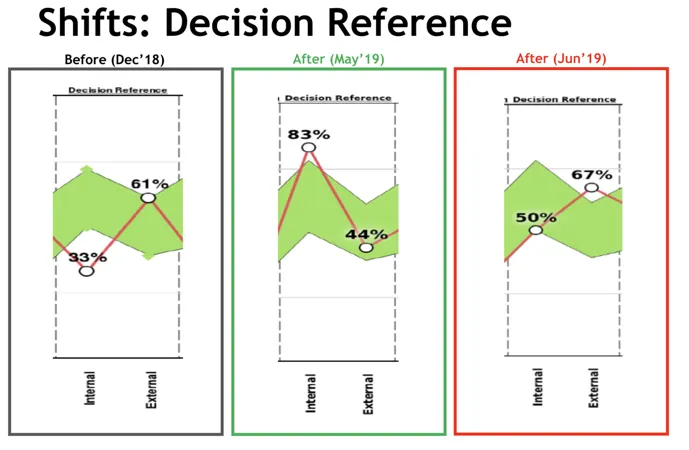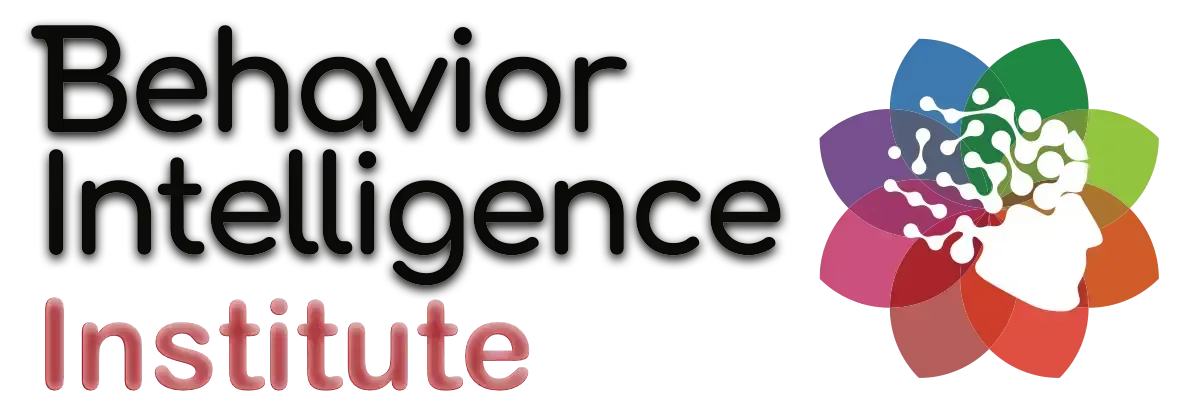Blog

The Hidden Cost of AI Convenience
a
The Hidden Cost of AI Convenience: Why Smart Leaders Stay Human-Centric
By Nagui Bihelek
Let’s face it—AI is no longer a novelty. It’s in our meetings, our calendars, our inboxes, and our to-do lists. It helps us move faster, do more, and stay on top of an increasingly complex world.
But here’s the uncomfortable truth: while we’re celebrating AI’s convenience, we’re also sleepwalking into a crisis of culture, engagement, and accountability.
AI isn’t the enemy—but blind dependence on it is.
If you’re a coach, a leader, or a team member who wants to stay effective, innovative, and human-centered in a digital world, this is your wake-up call.
AI Isn’t the Problem—It’s How We’re Using It
When AI entered the scene, we were thrilled. Tasks got automated. Notes got taken. Meetings got transcribed. Everything felt efficient. But somewhere along the way, we began confusing automation with leadership.
“Delegation is a leadership skill. Abdication is a leadership failure.”
That’s what’s happening in too many teams. AI is handling the output, and we’ve stopped noticing the fallout: disengaged people, diluted culture, missed deadlines, and a complete absence of critical thinking.
Why? Because no one’s listening. No one’s participating. Everyone is relying on the summary.
And here’s the kicker: most people don’t even read the summaries.

From Engagement to Entropy: What’s Really Happening
AI tools are training us to stop thinking.
If your team is waiting for AI-generated notes, they’re not writing their own.
If they're waiting for the task in Trello or Notion, they’re not taking initiative.
If they assume the system captured the key points, they’re not asking questions.
“We’re not just outsourcing tasks—we’re outsourcing thinking, ownership, and judgment.”
This shift may seem subtle at first. But it compounds. It shows up in dropped balls, misunderstandings, and fractured relationships. I’ve seen projects fall apart, contracts breached, and even lawsuits—all because critical context was lost to AI, and no one took responsibility.

The Silent Red Flags Leaders Miss
Take a closer look at your team dynamics. These are the signs of over-automation creeping in:
People are logged in but not really present.
Meetings are quiet. Few questions. No real debate.
Tasks are being completed, but the outcomes are misaligned.
People wait for assignments instead of thinking ahead.
“If your team isn't asking questions, they’re probably not truly listening.”
Leadership is not about creating compliant workers who check boxes. It’s about fostering thinking partners who challenge, contribute, and grow.

Why Note-Taking Still Matters (Yes, Even Now)
Let’s talk about something old-school: taking notes.
It’s not about being quaint. It’s about how the brain works. Writing or typing notes forces people to listen, process, and retain information. It anchors attention. It activates cognition.
AI-generated notes skip all of that.
“Note-taking isn’t about memory. It’s about engagement.”
When you rely on AI to capture everything, your brain checks out. And when the brain checks out, learning stops. Participation stops. Initiative dies.
This is how culture gets diluted—slowly, quietly, and often without anyone noticing until it's too late.
Culture Doesn’t Disappear. It Degrades.
Culture isn’t just what you say. It’s what you tolerate. And when you allow passivity, distraction, and disengagement to become normal, that becomes your culture.
“You don’t lose your culture overnight. You dilute it, one unchecked behavior at a time.”
Over-automation teaches people:
To stop taking notes.
To stop asking questions.
To stop being proactive.
To stop connecting with each other.
And when that happens, trust erodes. Collaboration weakens. Innovation fades. Your edge disappears.
Real Leadership in an AI World
So what can you do? You need to shift from tool-driven leadership to behavior-driven leadership. That’s where Behavior Intelligence comes in.
Behavior Intelligence is the awareness and intentional use of behavior patterns—yours and your team’s—to foster accountability, engagement, and performance.
🧠 Your Behavior Intelligence Toolkit

Map your team’s behavior patterns.
Use tools like AccuMatch to identify how people process, respond, and engage. Don’t rely on guesswork.Observe cues beyond the surface.
Interrupts, clarifying questions, and real-time insights are signs someone is actually present. Silence isn’t golden—it’s often a red flag.Coach for presence.
Expect handwritten or typed notes. Ask team members to share takeaways. Engagement is a muscle—train it.Turn off AI during critical meetings.
Pause the note-takers during strategy sessions, feedback conversations, or anything requiring judgment and nuance.Use AI where it belongs.
Automate repetitive, low-value tasks. Don’t use it to replace strategic thought, relational cues, or emotional intelligence.
“From ‘AI said’ to ‘I decided’—that’s the shift that reclaims ownership.”
Bring the Human Back to the Workflow
Ask these questions after every meeting:
What was your biggest takeaway?
What are you working on this week?
Where do you need support or clarity?
Don’t settle for “I got it.” Challenge your team to explain it. Clarify it. Own it.
This simple habit reinforces active thinking and reminds people that their engagement is not optional—it’s essential.

Final Thought: Balance Is the Answer
AI is not the villain. It’s a tool—and a powerful one. But when it becomes a crutch, you lose more than productivity. You lose clarity, culture, and connection.
“AI can’t build trust, inspire ownership, or develop leaders. That’s still your job.”
So use AI. But lead with intelligence—Behavior Intelligence. Because that’s what keeps your team human, your leadership relevant, and your culture strong.
Ready to Lead with Intelligence, Not Just Automation?
📌 Join the Leadership Intelligence Certification
📌 Reclaim culture, connection, and results—powered by Behavior Intelligence
📌 Apply now at biqorg.com
Let’s bring humanity back into leadership—together.

Nagui Bihelek
My 40 years experience in transformation consulting, business re-engineering, business and executive coaching have led me down this journey for the past decade in neural transformation through behavior intelligence. I’ve been a master coach, and I have run a coaching firm for more than 10 years. I’ve gained several awards for my accomplishments in transformation and coaching, and I’ve pioneered several business ventures. As a coaching firm we coached over 445 business owners and leaders in a 10 year period. It always comes back to working with people.

Copyright 2021 AccuMatch Behavior Intelligence is a division of NLP Profiles Inc. | Privacy Policy

